1. Customization and Integration: The platform should be easy to configure and customize, integrate with HRMS and other workplace tools (e.g., Google Workspace, Microsoft Teams), and support company-specific workflows.
2. Advanced Features and Analytics: Look for platforms with advanced features like gamification, social media integration, real-time reporting, and built-in intelligence to provide timely recognition and actionable insights.
3. Implementation and Support: Ensure the platform offers quick implementation, robust support options, and ongoing assistance to adapt the program to changing needs.
4. Alignment with Business Objectives: Choose a system that aligns with organizational goals, enhances employee motivation, and promotes a positive employer brand.
Employee recognition has become an integral part of most organizations’ core human resources strategy. Organizations need to select and implement the best employee recognition system to achieve the desired benefits. When selecting employee recognition software, organizations should consider several key points.

There are many employee recognition platforms available on the market today. However, choosing the best one for an organization is not easy.
It requires a solid understanding of the business objectives of the program, employee expectations, and a comparative view of different employee recognition platforms.
The best employee recognition platform depends on the organization’s specific needs and requirements.
However, the 10 points below might help in the decision-making process.
1. Ease of Configuration/ Customization
2. Incorporates Advanced Features and Best Practices
4. Integration with HRMS
5. Integration with Other Platforms
6. Built-in Intelligence
7. Real-time Reporting and Analytics
8. Social Media Integration
9. Speed of Implementation
10. Post-Implementation Support
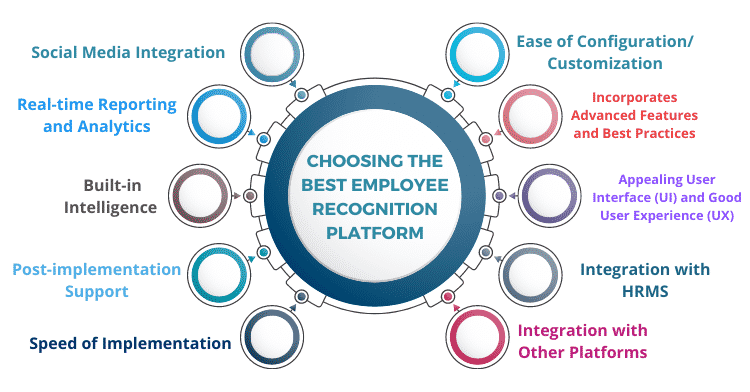
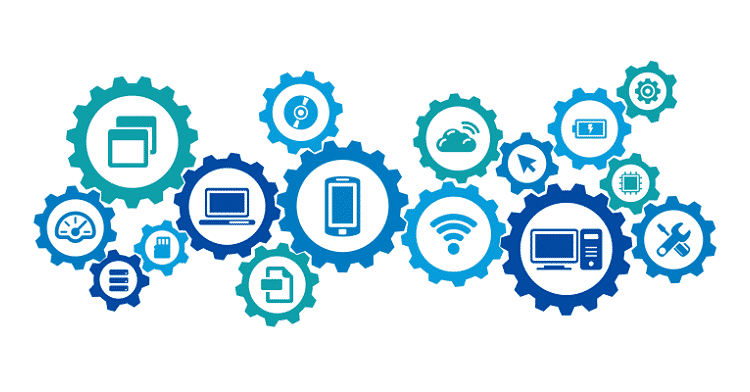
The employee recognition platform should allow the organization to configure various types of rewards and recognition.
These could include Spot Awards, Peer-to-Peer Recognition, Team Awards, Quarterly and Annual Awards, Service Awards, etc..
Also, each award would have relevant workflows and monetary values as defined by the rewards and recognition policy.
The platforms would be configurable to enable company branding, define business units, and manage budgets.
Additionally, changes in the configuration should be possible, even post-implementation, to incorporate changes in the policy.

A good employee recognition system should have features such as gamification, wall of fame, leaderboards, and on-platform redemption options.
Language localization might also be a valuable feature, primarily if the program operates across multiple geographies.
Additionally, jury evaluation of awards may be beneficial if the organization plans to present quarterly and annual awards.
Hence, such a platform can create additional impact over time as the organization explores and implements the extra features.
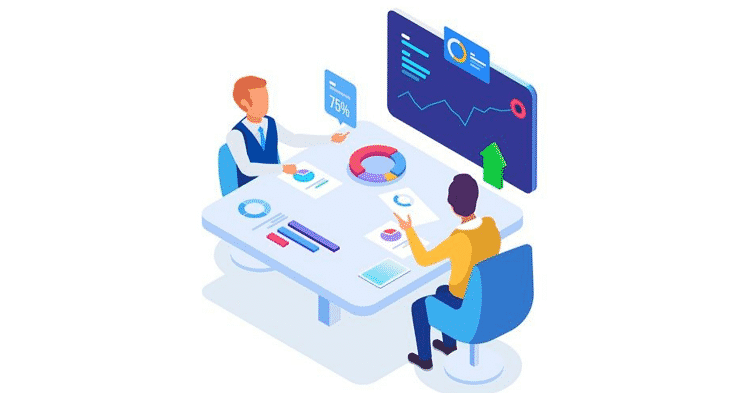
The selected employee recognition platform should be integrated with the existing systems such as the HRMS or the HRIS.
Employees should be able to log in using Single Sign-On (SSO) without using separate user credentials.
The platform should also be able to update employee data from the HRMS automatically, without any manual intervention.
Hence, it will ensure that the employee data on the platform is up-to-date, avoiding incorrect workflows.

The platform should easily integrate with other platforms such as Google Workspace, Office 365, Microsoft Teams, Slack, Yammer, and Workplace.
It ensures easy and convenient access to the recognition platform for employees.
It should also support integration with other platforms, such as the Intranet, Learning Management Systems (LMS), Project Management Systems (PMS), and Customer Relationship Management Systems (CRM).
Hence, it would enable rewards and recognition to be triggered automatically by these systems or to publish recognition updates to them.
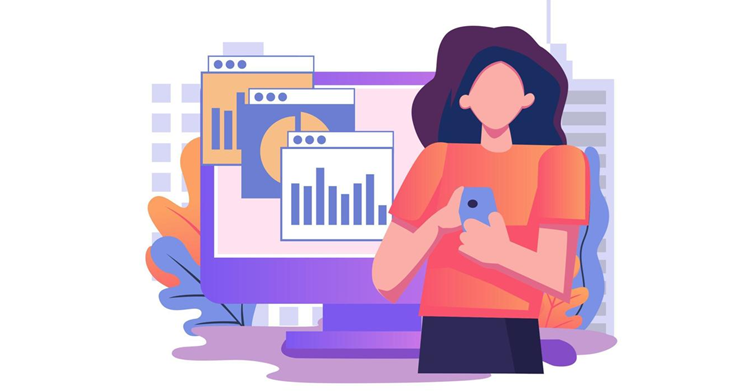
One of the key ways to make an employee recognition system genuinely effective is to ensure timely appreciation.
An intelligent notification system is an excellent feature of a sound recognition platform.
Hence, it should alert managers and co-workers when a significant achievement happens and nudge them to recognize the concerned employee.
The system can ensure timely recognition and maximize the program’s effectiveness through these intelligent alerts and nudges.
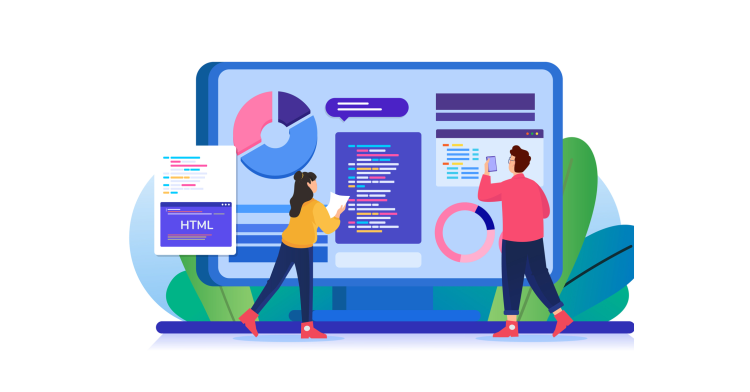
A good recognition system should provide real-time data and analytics to help HR and management monitor the program continuously.
Additionally, the organization can use the data to gain insights and take necessary actions to improve the system’s effectiveness.
It should be possible to configure thresholds for different metrics that can trigger alerts to HR.
These timely alerts can help HR to make changes to the program on the fly.

Given social media’s growing impact, social media integration is a must-have feature for any recognition platform.
Employees should be able to share rewards and recognition they have received on their social media profiles.
Even the HR should be able to share these employee recognition updates on their company’s Facebook and LinkedIn pages.
Such social media sharing can provide social reinforcement and acknowledgment for employees, thereby enhancing their motivation.
It can be an excellent way to build a positive employer brand for the organization.

Once the organization selects the recognition platform, it should be possible to implement it quickly.
A robust implementation process ensures that the business requirements are captured, mapped, and configured in the system quickly and accurately.
Organizations can achieve it through the use of checklists, templates, and project plans.
The availability of pre-configured industry solutions and APIs for integration with other systems can also accelerate the implementation.
The in-depth domain expertise of the implementation team is also essential to consider.
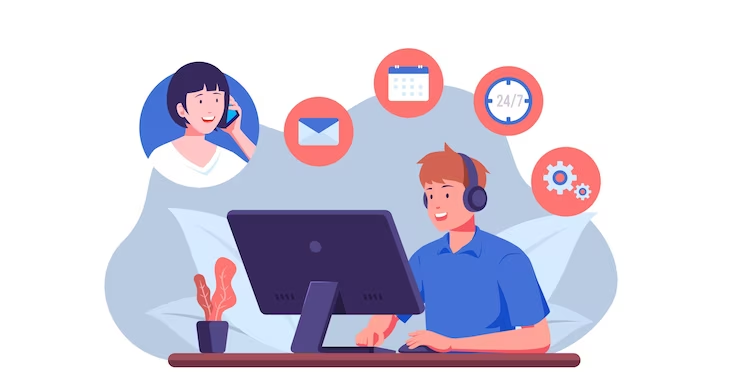
Customer support after implementation of the recognition software is critical to the success of the program.
It can happen at different levels. During business hours, employees should be able to get support for any issues over live chat, email, or phone.
Additionally, they should have access to FAQs, be able to interact with bots, or submit tickets for any issues they are facing.
The HR should get support through account managers for urgent or escalated issues, important queries, and change requests.
The account manager should connect them with experts who could provide new ideas and best practices for the program.
Check the features of the HiFives Employee Recognition Platform
Also read: Compare HiFives with Other Employee Recognition Platforms
Looking for these 10 key points in an employee recognition platform can help organizations to effective employee recognition programs that can drive long-term benefits through enhanced employee productivity and retention.

Lead author: Sagar Chaudhuri, the Co-Founder and CEO of HiFives. He is an HR Tech Evangelist with over 25 years of experience in both corporate and entrepreneurial settings. Previously, Sagar has held leadership roles with companies such as Genpact, Infosys, and ICICI Bank. He has an engineering degree from IIT Kharagpur and an MBA from IIM Lucknow. Connect on LinkedIn
To stay updated on the latest HiFives blogs, follow us on Twitter (@MyHiFives)